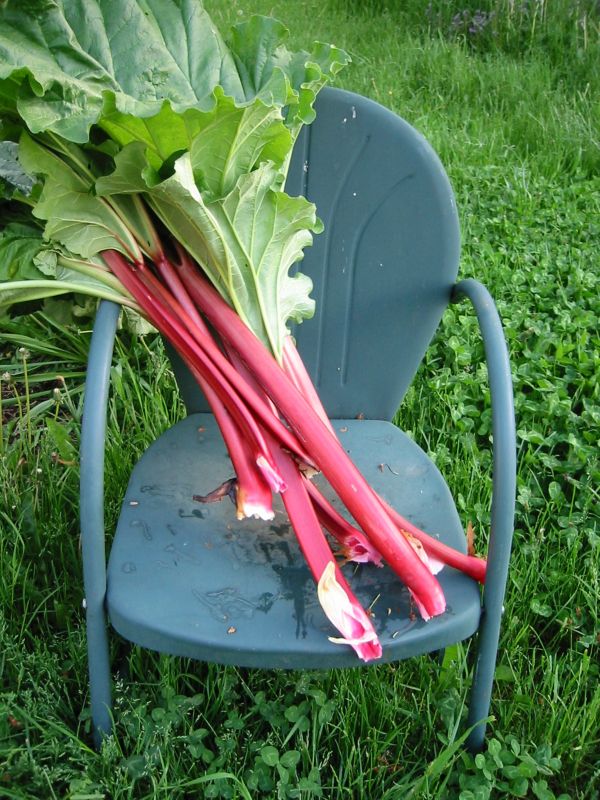It is the beginning of April in Seattle and while it is wet and cold, there are sure signs of life around us. And on the warmest of these days, when I want to get out into my garden and dig around, I am nostalgic for Spring planting in Minnesota.
You never really know when spring has really sprung in the midwest. It could be late or early but almost always (except perhaps for this year so I hear) it involves a lot of mud. As the snow melts and spring rains come on, our part of Minnesota becomes slick with heavy clay. Even today, I can almost feel the weight of my boots as every step collected more mud until finally the mud won and my foot nearly slid out of my boot completely. You become very adept at sensing that and stopping immediately lest you really step out and step into the mud in your socks. Unless of course you have on your special plastic protectors over your socks – i.e. – a bread bag. (I’m serious).
We often had gravel hauled in to spread on the driveways and farmyard to minimize the mud but that clay seemed to absorb whatever you put into it. So going from the farmhouse out to the shop to work on the machinery was an ordeal in itself. Once in the shop though it was fairly pleasant.
Our shop was no ordinary little shop. Since my Dad was an industrial arts teacher, he got lots of decommissioned equipment: drill presses and welders, grinders and hacksaws and lots and lots of tools. And we used it all. When I was young, the shop was in the old pump house (about the size of a single car garage) and it was so filled with tools there was barely any room to move. Later, the new shop was much larger and everything had a place (even if it didn’t get back in place every time).
Spring time on our farm meant machinery repair time. There never was a spring when we didn’t spend a large amount of time fixing something or other. All 3 of us boys and my Dad would work at various tasks in the shop.The disc (lots and lots of sharp steel frisbees stacked on edge and laid out in rows) would often need the broken blades replaced. The ‘shovels’ on the cultivator needed to be changed over. The planter always needed attention since it was the most complicated of the spring machines. Over the years I have done it all – taking apart and putting back together, greasing, fixing – even rebuilding the engine on the combine.
But when the mud dried up enough and the weather turned nice enough we headed for the fields. Since we were there only on the weekends we really had to get it all done so that we could get the crops in the field in a timely manner. And it is all a matter of time. If you get the crops in too late, you start worrying that you won’t have a long enough growing season. If, by chance, you get the crops in too early, you risk it raining heavy enough that that Minnesota clay just seals in the seeds so they rot and never germinate. And then you have to plant again.
So into the fields we went. My older brother would be on one of our Case tractors and I would be on the other, each of us pulling either the disc, field cultivator or harrow on it. Sometimes we would be in the same field but more often than not, he would be one field ahead of me. Maybe he was plowing one field while I was discing the one he had just finished. And I would go over and over that field diagonally across the plowing to even out the furrows and make the field as smooth as possible.
It used to be that you tried to work a field until it was almost as smooth as cement. Once, twice, thrice and more – over the field we’d go with various pieces of equipment. When we were done it definitely looked amazing and perfect. (We have since learned that too smooth a field is a waste of time, fuel and money and it can even inhibit germination and create a hard-packed soil during the growing season making it difficult for water to penetrate that, yes – Minnesota clay.)
But when I was growing up, my older brother would have plowed the field and then I would come and disc it at least twice. And then one of us would often use the field cultivator (with sharp teeth) to dig up or break up any large lumps or pieces of sod. Sometimes, we’d even have to re-disc a field yet again if there were too many lumps. Finally, we would harrow the field at least twice if not three times to get the smoothest surface possible for the planter. (A harrow is a large flat ‘bed’ with rows of 6 inch teeth set about 6 inches apart to smooth out the soil).
When you are going over a field 5 or 6 times, you spend a lot of time sitting and thinking. Or in my case, singing. My brother had those great big earphones from the 70s to listen to the radio but I hated how hot they made my ears. So it was just me and the sound of the tractor. I thought a lot but more often than not, I would sing my way over the fields. Quite often it was Christian songs that I knew and liked the most so I would sing to my heart’s content. In order to hear yourself above the sound of the tractor you have to sing loud. Song after song, I’d make my way across the field back and forth 12 to 16 feet at a time until I’d started getting sleepy. More than once I dozed my way over a field waking just enough to turn around and make the next pass. In our part of the country, there is a lot of low ground which means swamps and ‘potholes’. You want to get the largest part of the field planted for the greatest possible yield so you inch your way closer and closer to a low point and hope you don’t get stuck. There is a real trick to edging your way in and then starting to lift up the disc off the ground a bit at a time so that it doesn’t drag you down. If you do it right, you can sense when you’ve pushed the outside limit. If you do it wrong, you end up stuck.
Getting stuck was such a common occurrence that we became quite adept at getting unstuck. The first step was to raise up the disc or piece of machinery so the tractor could spin its way through. If you blew the first step and the disc was already stuck and you were sinking fast with your spinning tires, you had to stop, unhook the disc and hopefully drive the tractor out and then hook a chain to the disc and drag it out and then of course you had to re-hook up the disc. All of this of course was a terrible time waster. This version of getting stuck could take 15 minutes to half an hour before you were once again back on track.
On the other hand, if you got the disc so stuck that you couldn’t get it unhooked AND if the tractor got bogged down enough that it just kept spinning its wheels then you were in for it. You could try to rock forward and back but that was unlikely to work. If you were lucky, there was another tractor sitting in the field for just such an emergency (or your brother was in the same field working as well) and you could hook it up to the tractor and drag it out. If that was not the case, you had to walk. And walking took time and it also meant you were not a talented enough farmer not to get stuck. So going home to get help was necessary but also meant you were a loser. Fortunately, every farmer has his own stories of getting stuck and some of them are doozies. (A few years ago in the fall, my brother had to get a backhoe to pull his giant combine pulled out of the mud).
Finally it’s a race against Nature to get the field planted before it rains. If it rains hard after you’ve worked the field to perfection but you didn’t get it planted, you will probably have to go out one more time to loosen up the packed soil. I have vivid memories of being on the grain/fertilizer wagon with the seed to make sure the planter stayed full while my brother or Dad raced against the gathering storm clouds to get the seed in the ground. Back and forth, back and forth creating straight planted rows, dust billowing behind and huge dark blue/black clouds coming up from the Southwest for a real downpour.
Seeing a field ready is very satisfying. But seeing a field planted is fantastic. And planting is an art. These days the planters can plant huge number of rows at a time. When I was a kid we were planting 4 rows at a time, each row 30″ apart. A planter would put out both fertilizer from one bin and then the seed (corn or soybeans) from another bin. You needed the rows as straight as possible for the least waste and for the ease of cultivation but also as a matter of pride and beauty.
To plant we went around the perimeter of the field a few times in order to create enough turning radius to turn the tractor and planter around. Then we started at one end of the field and sighted down the tractor on to some point in the distance and drove. We never took your eyes off that sight line lest we create a wavy row. Wavy rows were definitely not a sign of a good farmer. Rows as straight as possible were de rigeur. And later in the year when we drove by the rows of corn, it was mesmerizing to see those straights rows flicker past your eyes.
When all goes well, spring field work is very, very enjoyable. Work, yes. But hour after hour on the tractor, the disc or cultivator turning over the soil, sun shining down, birds reeling and diving for upturned worms – it is all so satisfying. My brother and Dad always wore hats but I hated hats so my nose would always be totally sunburnt. No shirt or hat, I’d end up covered in dust. Mom would bring dinner (that is at noon on the farm) out to the field and we’d sit there, talking, eating and looking at the field and the birds. Yes, spring planting can be one of the most satisfying experiences of one’s life.






